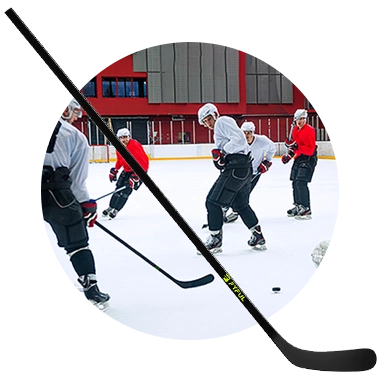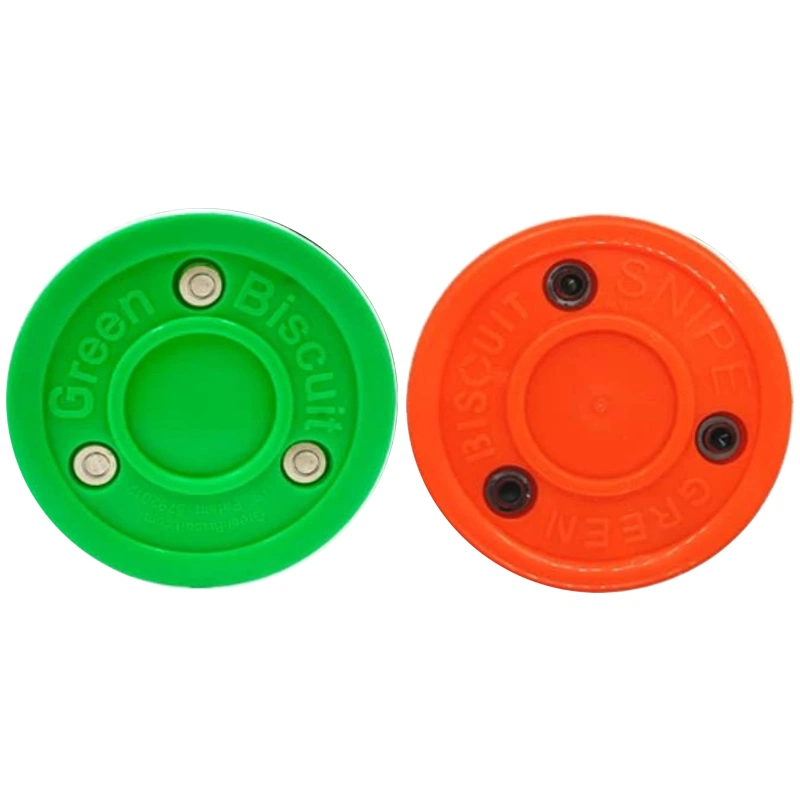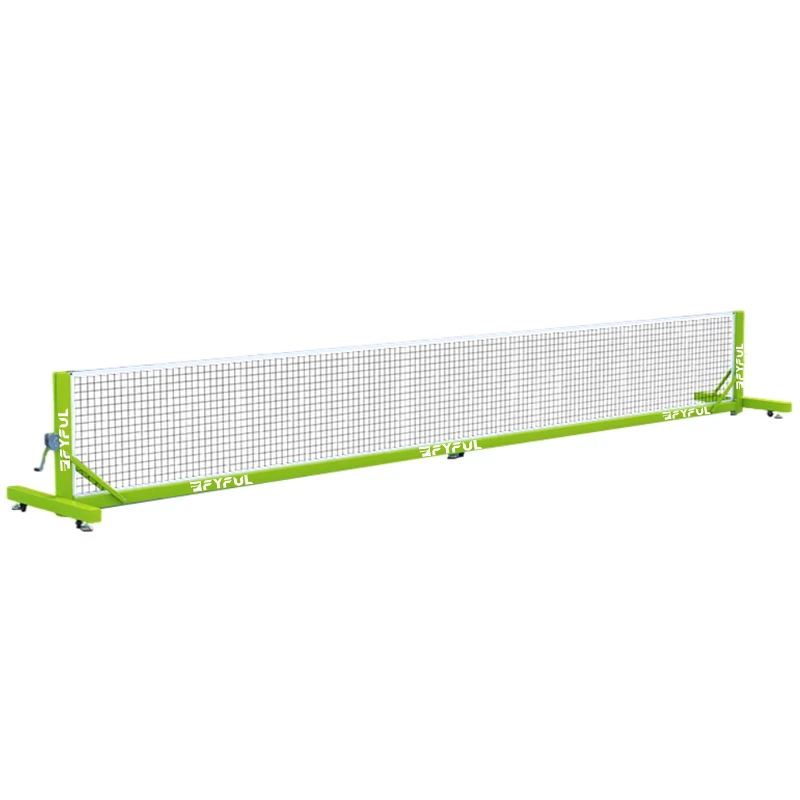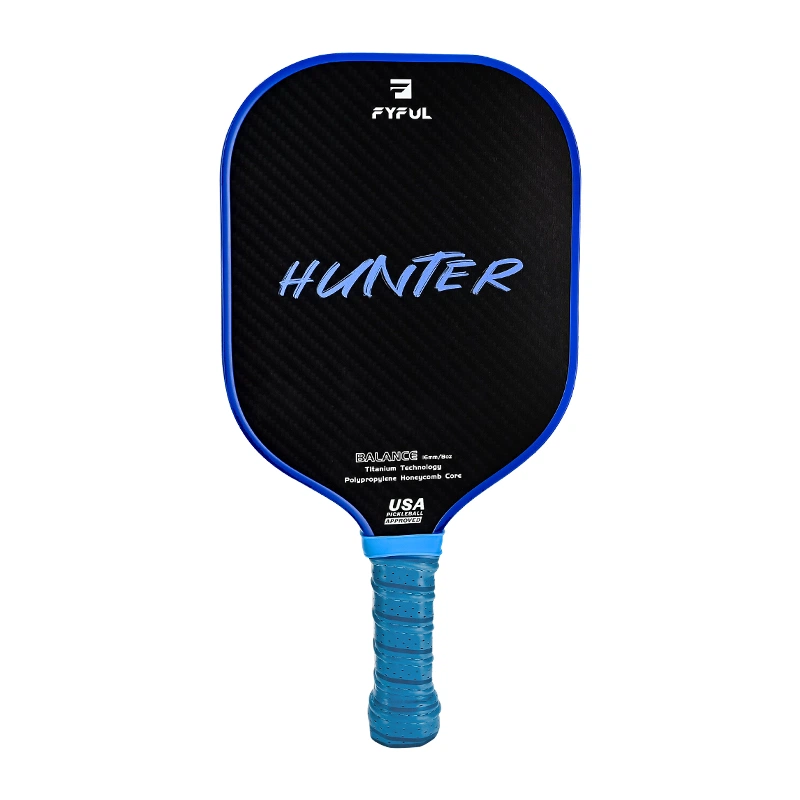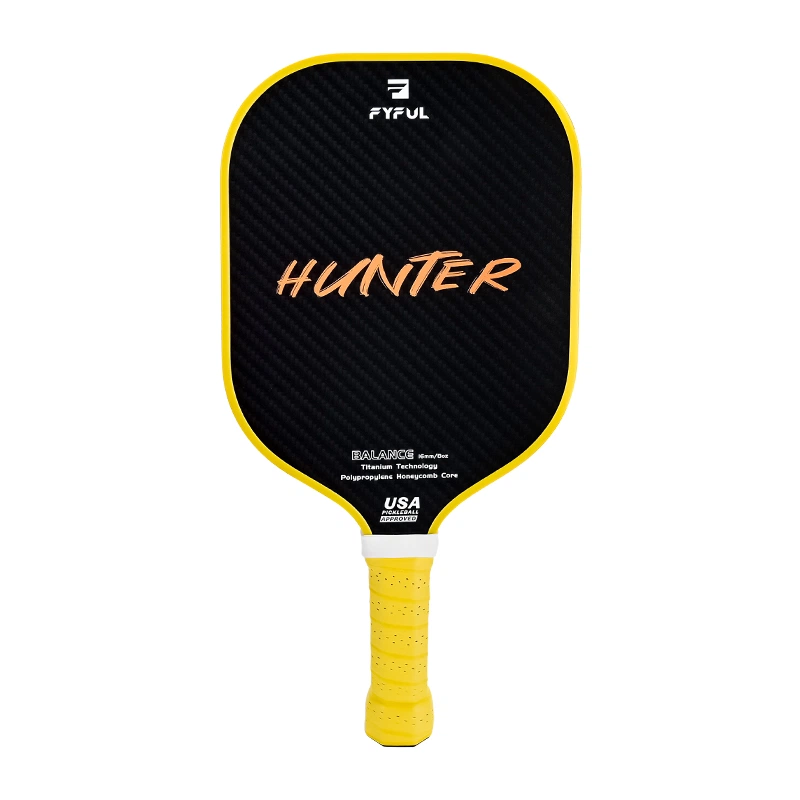Table of Contents
Ever wonder what Are Hockey Pucks Made Of and why they feel like a rock when you pick them up? That solid black disc flying at 100+ mph isn’t just any piece of rubber. Understanding What Are Hockey Pucks Made Of and how they’re manufactured directly affects how they perform on ice—from their bounce characteristics to how it handle extreme temperatures.
In this guide on what hockey pucks are made of, you’ll discover:
- The exact rubber compound used in regulation pucks
- Why vulcanization changes everything
- Temperature requirements that affect gameplay
- Different puck types and their material variations
We’ve been manufacturing professional-grade hockey equipment at FYFUL for over 20 years. Our factory produces everything from regulation ice hockey pucks to custom training variants. You get the inside scoop on what goes into making these frozen projectiles.
What are Hockey Pucks Made Of
A regulation hockey puck is made from vulcanized rubber—specifically, a natural rubber compound mixed with antioxidants, carbon black, and sulfur. This isn’t your average rubber band material. The vulcanization process transforms soft, sticky rubber into a rock-hard disc that can withstand temperatures from -10°F to 100°F.
Before diving into the recipe, it’s worth revisiting the question: What Are Hockey Pucks Made Of?
- 70-80% natural rubber
- 15-20% synthetic rubber compounds
- 5-10% carbon black (for color and durability)
- Trace amounts of sulfur and zinc oxide
Carbon black does more than make pucks black. It increases tensile strength by 40% and prevents UV degradation when pucks sit in storage. The sulfur creates cross-links between rubber molecules during vulcanization, turning gooey latex into something that can survive a Zdeno Chara slap shot.
Professional leagues require pucks to weigh exactly 5.5-6 ounces and measure 3 inches in diameter by 1 inch thick. These specs aren’t random—they’re engineered for optimal ice performance. At Fyful’s factory, we test each hockey puck batch to ensure consistent density and hardness ratings between 85-95 on the Shore A scale.
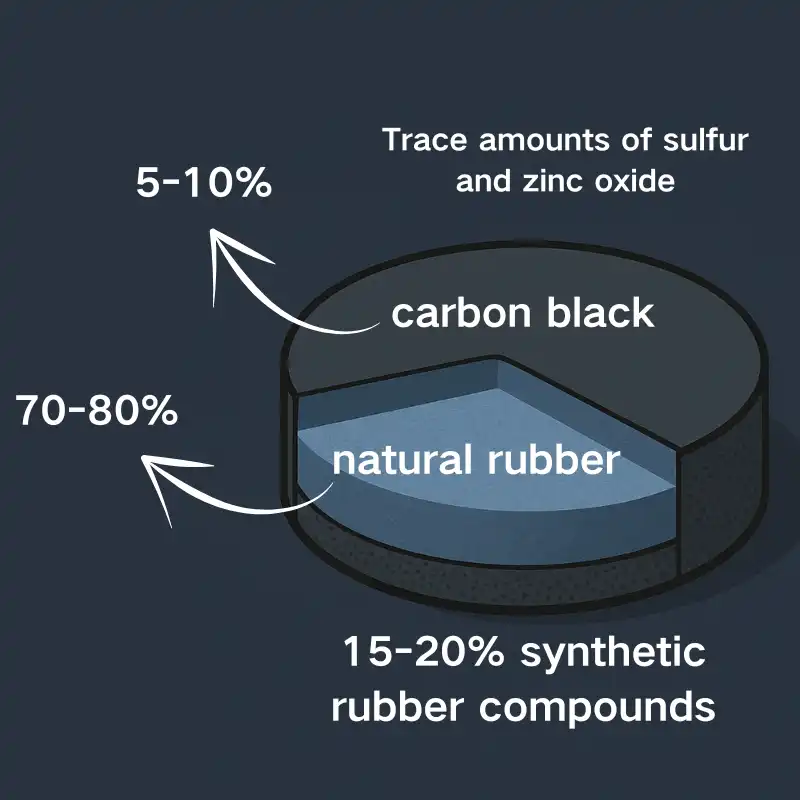
What Are Hockey Pucks Made Of?
Why Vulcanization Changes Everything
Before vulcanization, the first hockey pucks were actually frozen cow dung or carved wood. When the Victoria Hockey Club started experimenting with rubber balls in the 1870s, they quickly discovered raw rubber couldn’t handle an ice hockey game. It would crack, bounce unpredictably, or turn into mush.
To fully answer What Are Hockey Pucks Made Of, we have to understand vulcanization—it completely transforms rubber’s molecular structure. Heat and pressure force sulfur atoms to create bridges between polymer chains. What starts as stretchy, temperature-sensitive material becomes a dense compound that:
- Maintains shape at -20°F rink temperatures
- Absorbs impact without shattering
- Slides predictably across ice
- Lasts through hundreds of slap shots
The process involves heating raw rubber pucks to 300°F for 15-20 minutes. This creates the signature hardness hockey fans expect when playing hockey or watching pros battle it out.
Without this chemical transformation, modern ice hockey wouldn’t exist. It’s the key to answering What Are Hockey Pucks Made Of.
Game pucks and practice pucks go through identical vulcanization, but training versions might use slightly different rubber compounds. Some manufacturers add extra synthetic polymers to create lighter practice options for youth leagues. The key? Every puck—whether for NHL games or pond hockey—must be made of vulcanized rubber to perform correctly.
The first round pucks were manufactured this way? They revolutionized the sport. Instead of chasing bouncing rubber balls around the rink, players could finally predict puck movement and develop real passing strategies. That’s why every professional puck today follows the same vulcanization blueprint established over a century ago.
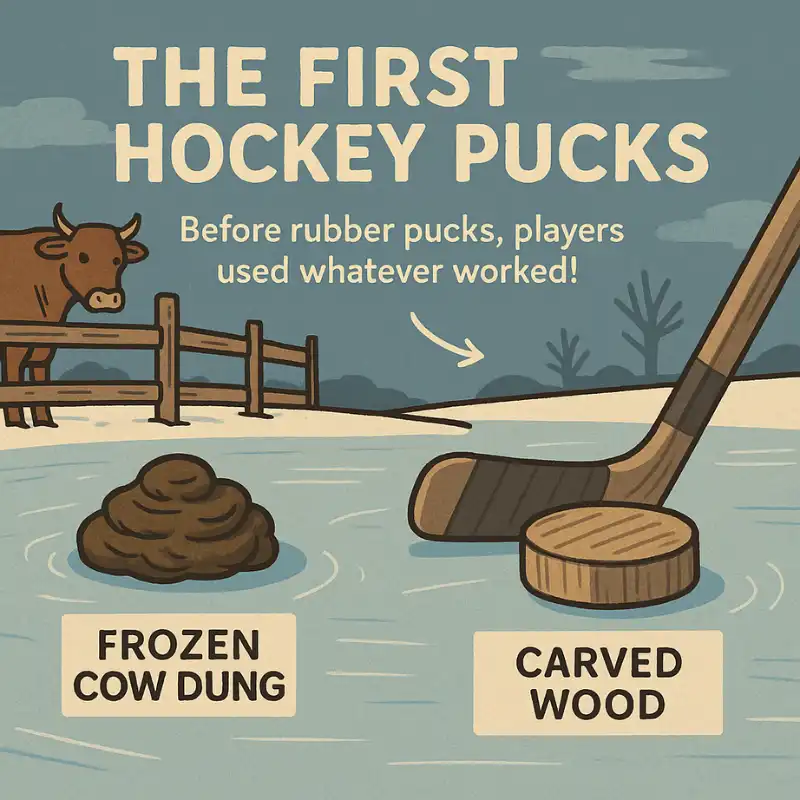
What Are The First Hockey Pucks Made Of?
Temperature Requirements That Affect Gameplay
Puck temperature is everything. NHL regulations require game pucks to be frozen between 14°F and 20°F (-10°C to -7°C) before hitting the ice. Why? Warm pucks bounce like super balls. Cold pucks stay flat and slide true—a result that depends heavily on What Are Hockey Pucks Made Of.
Early pucks taught us this lesson the hard way. The Hockey Club of Montreal discovered that soft rubber at room temperature made stick handling nearly impossible. Players couldn’t predict where their passes would end up. Even frozen cow dung performed better than warm rubber—which tells you something.
The Temperature Sweet Spot:
- Too Cold (<10°F): Pucks become brittle and can shatter on impact
- Perfect (14-20°F): Maximum density, minimal bounce
- Too Warm (>25°F): Excessive bouncing ruins consistent play
Modern arenas store about one game’s worth of pucks (30-40) in specialized freezers. Officials swap them out every 2-3 minutes during play. Training pucks for practice? Same deal. Wooden pucks from the origin of the hockey era didn’t need freezing, but they also couldn’t match the speed and precision of today’s vulcanized rubber puck used in professional leagues.
Remember Fox Sports’ infamous FoxTrax puck from the ’90s? That smart puck failed partly because its electronic components couldn’t handle the temperature extremes. The sensors would malfunction after 10 minutes in the freezer.
Hockey players know immediately when they get a warm puck. It kills passing plays and makes accurate shots nearly impossible. That’s why every professional facility—from NHL arenas to local rinks—keeps its puck freezers running 24/7.
It’s not just about cold—it ties directly into What Are Hockey Pucks Made Of and how those materials behave on ice.

Source:https://www.espn.com/nhl/story/_/id/21080555/nhl-bring-back-infamous-glow-puck
Different Puck Types and Their Material Variations
Not all pucks were made equal. While the standard puck dominates professional games, manufacturers create specialized versions for different players and training scenarios. Each type uses unique material blends to achieve specific performance goals—adding more nuance to the question of What Are Hockey Pucks Made Of.
Youth & Training Variations:
- Blue lightweight pucks (4 oz): Easier for younger players developing wrist strength
- White/Orange pucks: High-visibility for new fans learning to track play
- Weighted pucks (10 oz): Build shooting power, can reach speeds of 120+ mph with practice
- Foam pucks: Safe for street hockey without protective gear
The puck used in games varies by league and level. Junior leagues often use slightly lighter versions to help players transition. Some facilities even use reddish-orange pucks for outdoor games where black disappears against dark ice.
Pretty cool fact: At one point, manufacturers experimented with leather liver pads as puck materials (yes, really). The name “puck” itself comes from “puc,” or the Irish word for “poke” or “strike” (in case you’re still wodering origin of the hockey puck’s name)—fitting for something that spends its life getting smacked around the ice.
Pro Tip:A new puck feels different than a game-worn one. The surface texture changes after repeated impacts, affecting how it glides. That’s why NHL teams break in practice pucks before important games.
Our custom hockey puck options include everything from regulation game pucks to specialized training variants—each offering a new answer to What Are Hockey Pucks Made Of. We’ve manufactured weighted versions that help players build shot power and lightweight models perfect for youth development programs.

Teams break in practice pucks before important games
Ready to Get Your Game-Ready Pucks From Fyful?
We’ve covered the science behind every slapshot—and now you know What Are Hockey Pucks Made Of, down to the last molecule. From vulcanized rubber compounds to precise temperature control, ice hockey pucks require serious engineering. The materials and manufacturing process directly impact how the game plays out on ice.
Key takeaways:
- Regulation pucks use 70-80% natural rubber with carbon black
- Vulcanization at 300°F creates the perfect hardness
- Game pucks must stay frozen between 14-20°F
- Different materials serve youth players, training, and the NHL All-Star Game needs
Whether you’re sourcing pucks for league play or stocking training equipment alongside hockey sticks, quality matters. At FYFUL, we’ve manufactured professional-grade pucks for over two decades. Our factory produces everything from standard game pucks to custom weighted variants—all tested to handle whatever punishment your players dish out.
And now, you can confidently answer the question: What Are Hockey Pucks Made Of—because it’s more than just rubber.
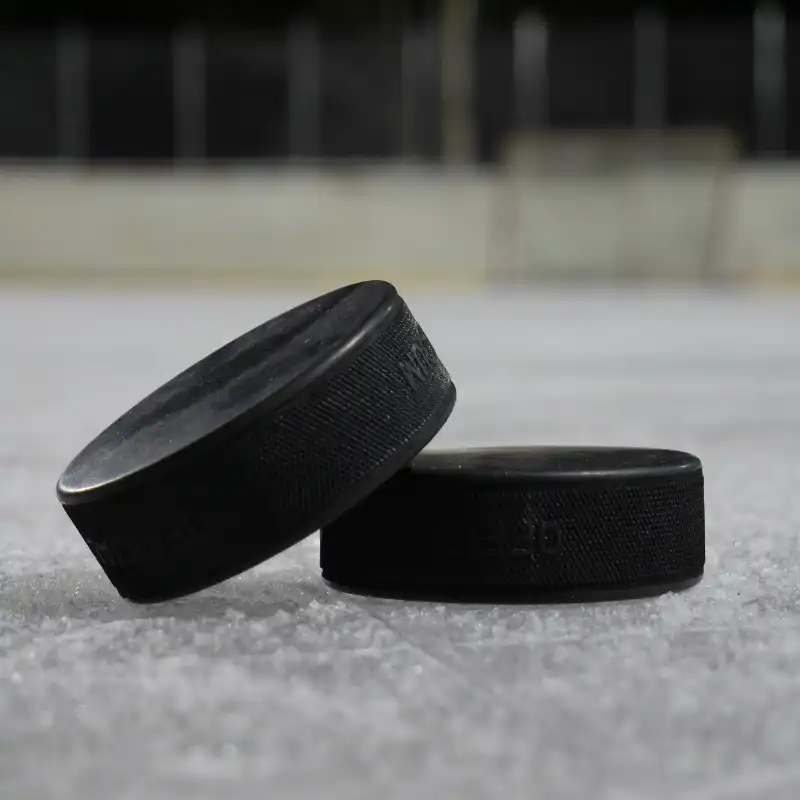
Get Your Game-Ready Pucks From Fyful
FAQs
What Are Hockey Pucks Made Of, Exactly?
A standard hockey puck is made of 70–80% natural rubber, 15–20% synthetic rubber, 5–10% carbon black, plus small amounts of sulfur and zinc oxide. These materials are vulcanized to form the hard, durable disc used in games.
What were early hockey pucks made of?
The earliest hockey pucks were frozen cow dung, carved wood, or cut-down lacrosse balls. Players in the 1860s-1870s used whatever stayed flat on ice. The Victoria Hockey Club pioneered using sliced rubber balls, which eventually led to today’s vulcanized rubber design.
Why are NHL pucks frozen?
NHL pucks are frozen to 14-20°F to reduce bouncing. Warm rubber pucks bounce unpredictably, ruining passing plays and shot accuracy. Cold pucks stay flat against the ice, slide predictably, and maintain consistent gameplay throughout matches.
What is inside an NHL puck?
NHL pucks are solid vulcanized rubber—no hollow centers or fillings. The material consists of natural rubber (70-80%), synthetic rubber compounds, carbon black for color/durability, and trace amounts of sulfur and zinc oxide for the vulcanization process.
Is a hockey puck all rubber?
Yes, regulation hockey pucks are 100% rubber compound, but it’s specially treated vulcanized rubber. The vulcanization process chemically alters the rubber with heat and sulfur, transforming soft natural rubber into the rock-hard disc used in professional hockey.
Why do hockey pucks need to be frozen before games?
Because vulcanized rubber reacts to temperature. When warm, a puck bounces unpredictably; when properly frozen (14–20°F), it stays flat and slides cleanly. Freezing ensures the material behaves as designed—and it highlights why What Are Hockey Pucks Made Of matters more than most people realize.



